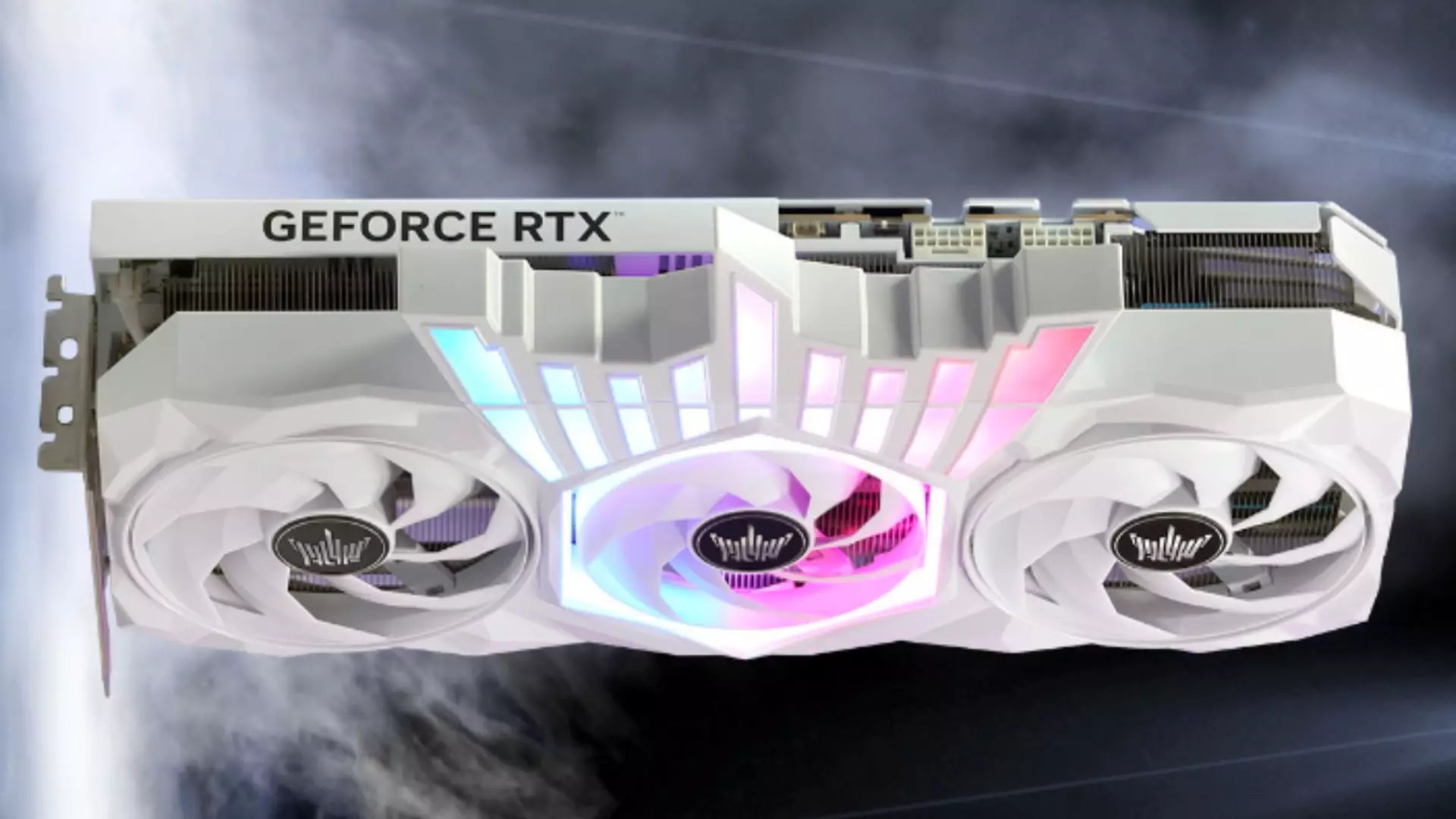The Galax RTX 5090 D HOF XOC Edition stands as a provocative testament to the relentless pursuit of hardware supremacy. Unlike mainstream graphics cards designed to balance performance with safety and practicality, this GPU pushes boundaries to a realm that feels more mythological than technological. Its very existence raises questions about the nature of innovation—are we truly extending the frontiers of possibility, or merely flirting with the edge of physical and technological chaos? This card isn’t just about better performance; it embodies an obsession with pushing every conceivable limit—power, temperature, and speed—all in the name of a higher score or a new record.
What makes this card stand out—not just visually, with its extravagant crown-like shroud, but structurally—is its remarkable engineering. Equipped with a 38-phase power delivery system, dual 16-pin connectors, and a meticulously designed 12-layer PCB, the RTX 5090 D HOF XOC is purpose-built for extreme overclocking. These elements don’t just boost performance; they are designed to withstand the onslaught of astronomical power draws. In fact, the most startling aspect is the leaked BIOS allowing a 2,001 W power limit—an order of magnitude beyond the standard GPU’s design intent. Such a figure screams for attention, but it also underscores a fundamental truth about this card: it’s a showcase, an illusion of limitless potential.
The Alchemy of Overclocking: From Spectacular Scores to Scientific Curiosity
The enthusiasm of overclockers turns the technical marvel of this GPU into a playground of experimentation. When Team OGS managed to push the core clock to 3,650 MHz—more than a thousand megahertz over the stock frequency—they weren’t simply chasing bragging rights; they were testing the very boundaries of what current hardware could sustain. Liquid nitrogen cooling played a starring role, hinting at the extreme lengths enthusiasts will go to tame the beast within.
This overclocking frenzy culminated in smashing benchmarks like 47,469 points in 3DMark Port Royal—an impressive feat that momentarily set a new world record. Yet, it’s worth noting that even such a hyper-powered card can be overtaken by more conventional models, revealing the unpredictable dance between raw power and practical performance. It’s a reminder that, despite all its extravagance, the RTX 5090 D HOF XOC exists within a universe where physics, engineering, and thermal limits ultimately dictate what’s possible.
This reveals a fundamental tension in the enthusiast community: the allure of maximum performance versus the limitations imposed by hardware and safety considerations. The BIOS with a 2,001 W cap remains elusive and difficult to access, highlighting how secretive and almost rebellious such pursuits are. They’re less about everyday gaming and more about engineering bravado—a playground for passionate individuals willing to risk their rigs for a fleeting moment of dominance.
The Future of High-End Graphics: Art or Science?
The Galax RTX 5090 D HOF XOC is emblematic of a broader question: To what extent should hardware be pushed before it ceases to serve a practical purpose? For most users, a 600-700 W GPU is more than enough; for these extreme overclockers, it’s just a starting point. The incessant drive for more power, higher scores, and faster speeds risks turning these components into abstract sculptures of excess, rather than functional devices.
Yet, there’s undeniable value in this madness. Innovations arising from extreme overclocking often trickle down into mainstream products—improved power regulation, better cooling, more efficient PCB designs. Moreover, these feats serve as proof of concept, pushing the boundaries of what current manufacturing and cooling technologies can handle. They challenge component makers to evolve, accelerating the pace of hardware development.
However, this obsession with apex performance cloaked in secrecy can also be viewed critically. It fosters a culture of risk-taking, where hardware durability is sacrificed at the altar of record-breaking achievements. Such pursuits, while fascinating from an engineering standpoint, seem increasingly disconnected from the everyday consumer’s reality, where reliability, value, and power efficiency reign supreme.
In the end, the RTX 5090 D HOF XOC Edition isn’t merely a graphics card; it’s a symbol of a community that refuses to accept limits without questioning them—a testament to human curiosity and the unending desire to do the impossible. Whether future iterations will sustain this relentless pursuit or move toward a more balanced approach remains to be seen, but one thing is certain: the conversation about power, performance, and the essence of technological progress is far from over.


Leave a Reply